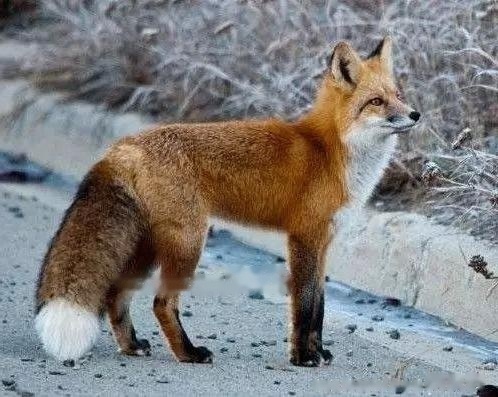Red foxBecause its fur has great economic value, the number of red foxes in the wild is scarce, and red foxes are becoming rarer and rarer. Therefore, in order to protect red foxes and let red foxes breed in large numbers, we must Learn about the breeding methods and population status of red foxes.

Red Fox
Reproduction
Red foxes come into heat and mate from December to February every year. Those living in northern areas should delay breeding for 1-2 months. At this time, there will be fierce battles between male beasts for mates. . During courtship, male and female beasts are attracted to each other by the musk-like odor emanating from their urine, and the male beast lured by the female animal will emit weird and terrible screams and carry out a complex marriage proposal. Male beasts not only participate in raising offspring, but also start to repair burrows and go out to help forage before female beasts give birth.
The gestation period of female animals is about 2-3 months, and the calf will be born in soil caves or tree holes between March and April. When the cubs are born, the males always stay next to the females. The newborn cubs have dark and short fur, weak and weak, and weigh about 60-90 grams. They do not open their eyes until 14-18 after birth. During this time, the females carefully raise and take care of the red foxes, never After leaving, the food is provided by the male animals, and the whole lactation period is about 45 days.
The cub likes to bask in the sun at the entrance of the cave, and grows very fast. The weight reaches 1 kg at about 1 month old, and can go out of the cave for activities. The male beast is more busy at this time. To provide food for the fast-growing cubs, if the female beast dies unfortunately at this time, the male beast has to undertake the task of raising the offspring alone. The male fox is a very alert father, and the red foxes often play with their cubs and take on the task of finding food and feeding their families alone. Three months after the baby fox was born, the father's parenting task was over, and the young fox began to search for food by himself. However, the father would not watch the red foxes starve. The red fox would hide food near the little foxes and teach the red foxes how to find food. After half a year, the grown cubs leave the female beast and begin to live independently, reaching sexual maturity in 9-10 months, with a lifespan of about 12-14 years.
Population status
The distribution density of red foxes varies greatly. In the United Kingdom and Scotland, the density is 1 fox per 40 square kilometers, and in Wales it is 1 fox per 1.17 square kilometers. But in well-fed areas around cities, there can be as many as 30 foxes per square kilometer. In farmland, suburbs and barren mountains, the density of red fox families and social groups varies, generally 0.2-5 groups. In the Swiss mountains the density is 3 foxes per square kilometer. Red foxes occur at a density of 1 per 10 square kilometers in boreal boreal forests and arctic tundra, and 1 per square kilometer in southern Ontario, Canada. The average density in the Swiss mountains is 0.37 family groups per square kilometer.
The total number of red foxes in the UK was about 240,000 (1995), 250,000 in Germany (1982-1983), and rose to 600,000 in 2000-2001. However, due to the great economic value of fur, excessive hunting by humans has resulted in a small number of wild animals, resulting in a continuous decline in the number of resources.
Red foxes are widely distributed in Tibet, China. In the 1970s, the number of red foxes was relatively large. With the sharp decline of felines, red fox skins became more and more valuable. According to surveys, there are often red fox skins in Tibet. trade has led to a sharp decline in the number of red foxes. It is a second-level key protected animal in the autonomous region.
![[Dog Training 5] The training method of pet dog dining etiquette](/static/img/12192/12192_1.jpg)




